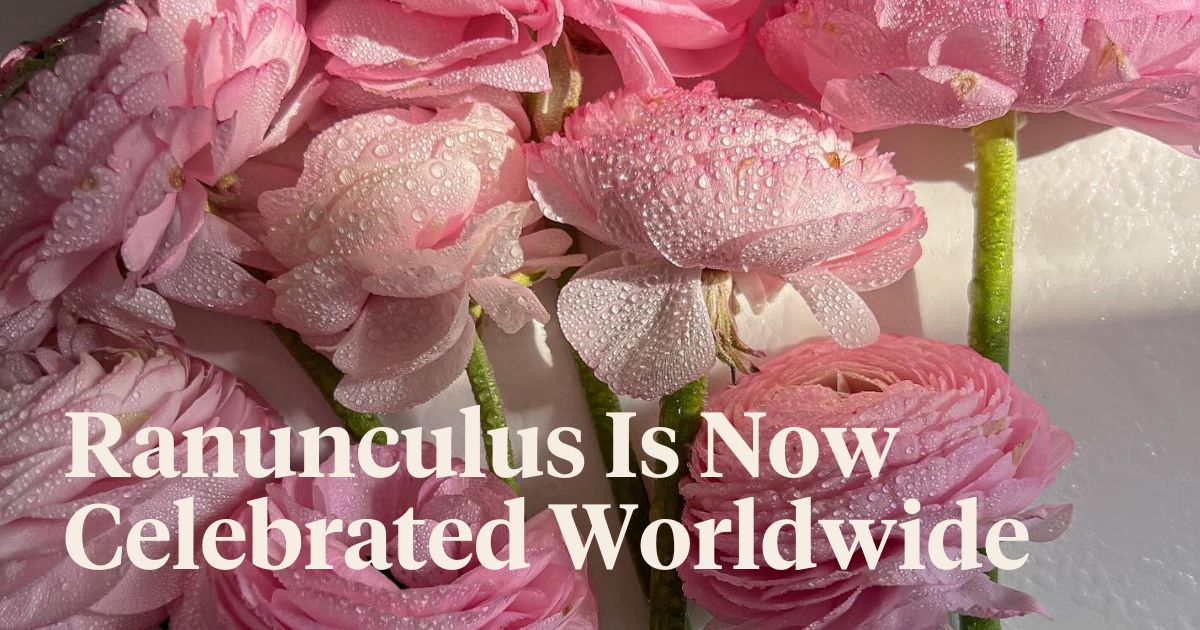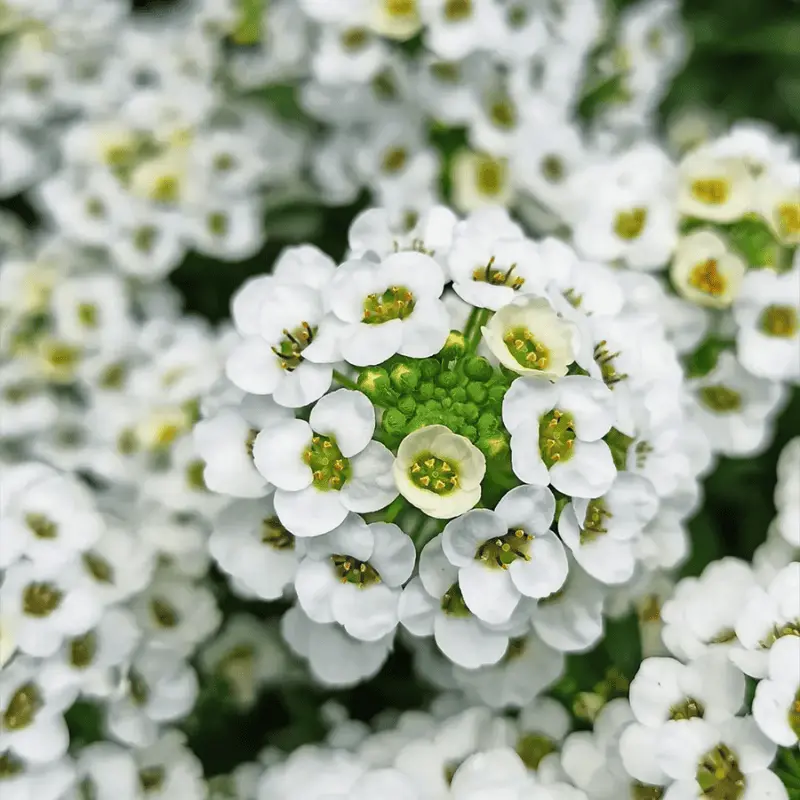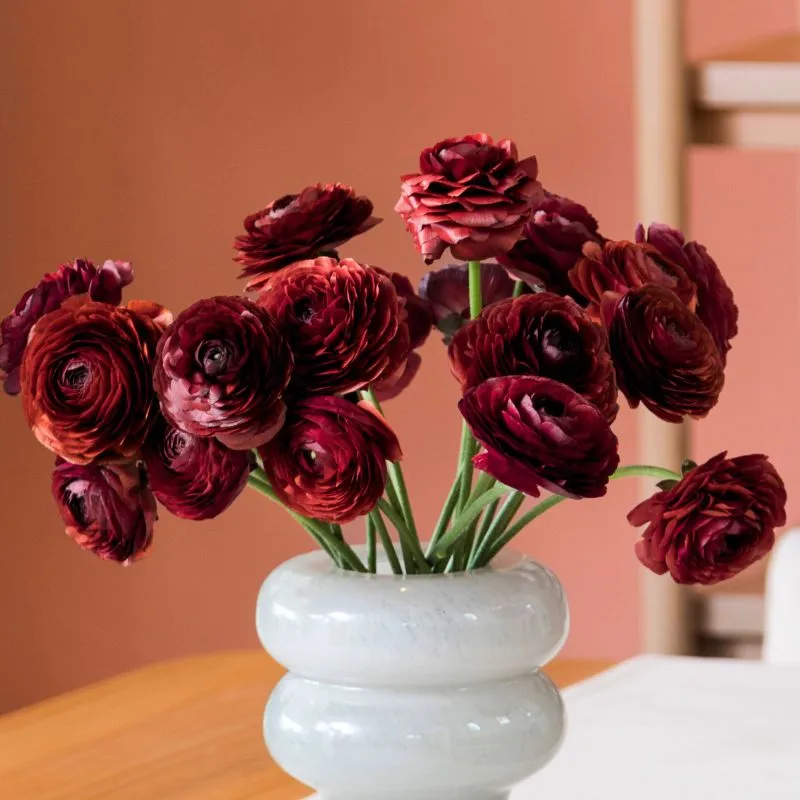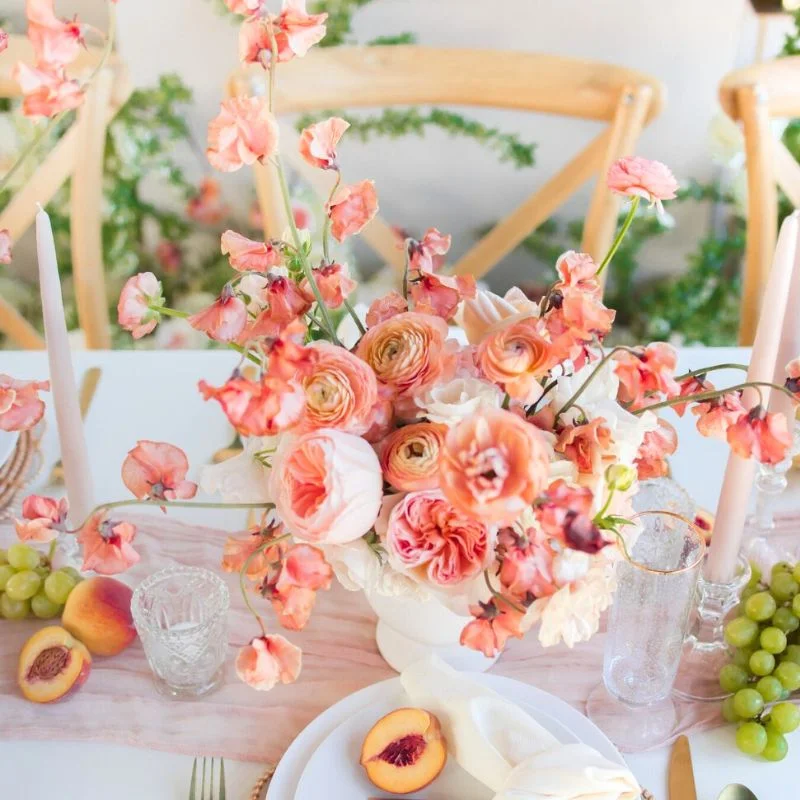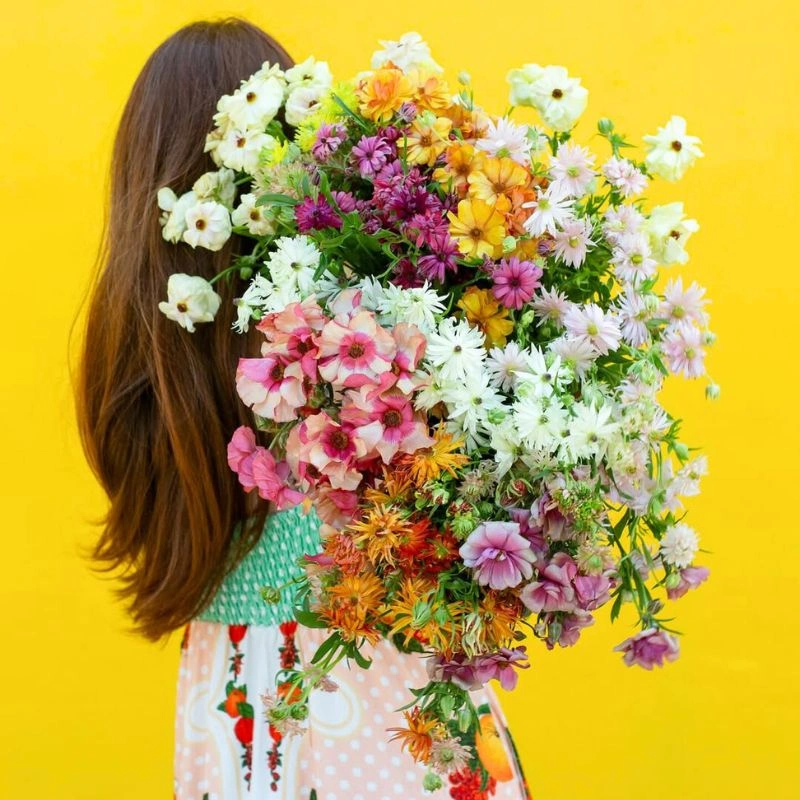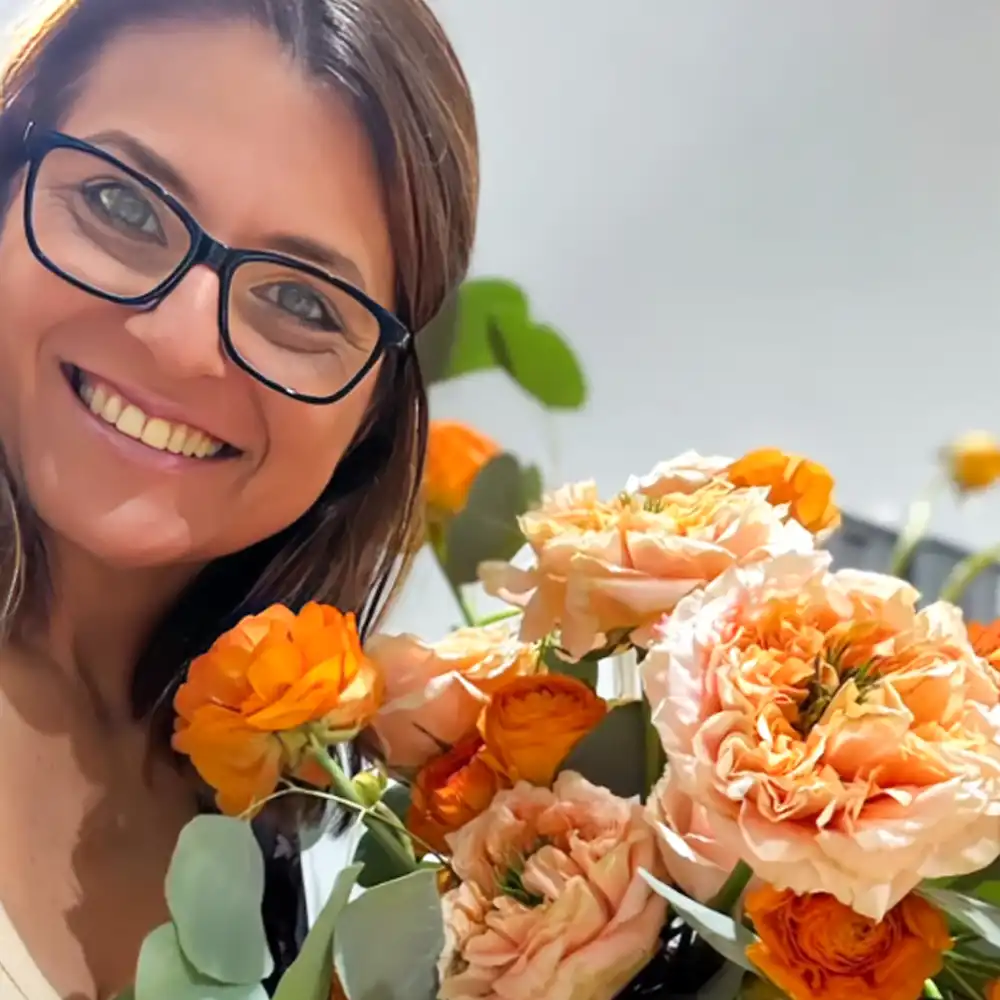Declared a favorite by many flower designers, the ranunculus flower, often called "buttercup," has taken the floral world by storm. With their lush petals and a wide array of colors, these flowers are a visual treat in any setting.
Given their versatility and beauty, ranunculus's rise in popularity is not surprising. Whether adorning a wedding bouquet or brightening the garden beds, ranunculus is now celebrated worldwide. Their appeal lies not only in their aesthetics but also in their rich history and cultural significance.

Ranunculus Flowers - Overview and Everything You Need to Know
Belonging to the Ranunculaceae family, these flowers are more than just pretty faces in the garden. The petals of Ranunculus can grow up to 130 per flower, sometimes revealing a darker center, which is a mesmerizing treat for the eyes.
In the garden, Ranunculus is also known for its adaptability, exhibiting the ability to flourish in both sun and partial shade, adding to its popularity. The region of southern Europe, particularly the Mediterranean and Southwest Asia, is considered the best place for the natural growth of ranunculus. That is also why many cut flowers are being produced in these regions. For example, the San Remo area in Italy has a very large production of cut ranunculus.
Captivating Playfulness of Ranunculus
Ranunculus are known for their 'playfulness'. The delicate, layered petals of the flowers seem to dance in the light, changing hues as they age. The experience that Ranunculus delivers, with its impressive vase life, bloom size, sturdy stems, and the vivid, colorful play it displays, is next to none. This is not to say that their dried arrangements are equally popular.

Ranunculus also has the capability, like the roses, to perform excellently well as a standalone star in bouquets and vases and as part of elaborate arrangements. The endless range of colors and varieties of ranunculus allows for endless creativity in floral styling and designing, catering to all moods and events.
In terms of floristry, ranunculus is relatively easy to take care of - from cultivation to pre- and post-harvest. Except for a few varieties, ranunculus is easy to manage overall, making it more likable.

Talking of favoritism, let's talk about a few popular varieties of Ranunculus that have made their way to the hearts of florists and flower enthusiasts globally.
The Ranunculus Varieties that are Turning the Tables
The world of ranunculus is as diverse as the flowers themselves. Each variety is unique and possesses unmatched versatility.
Cultivars of Ranunculus asiaticus are particularly popular in the cut flower market. Hybrid strains like 'Aviv', 'Victoria', 'Telecote', and 'Tomer' produce large, peony-like blooms in various colors including pastels and bi-colors. The ones that influence the choice of ranunculus variety based on colors include:
- Telecote Red (red flowers)
- Merlot (red-purple flowers)
- Bloomingdale (multiple colors)
- Flamenco (yellow bi-color flowers)
- Cafe (bronze flowers)
With their ability to create lasting impressions, the Ranunculus Clooney,is slowly becoming a staple for every florist. It is often misspelled as 'Cloni'. Nevertheless, both refer to the same flower. Japanese Ranunculus varieties, such as Ranunculus Charlotte, are becoming more popular due to their exotic, colorful touch, which is canvased on some of the widest flowerheads among the ranunculus. The Superrohne (13.5 cm wide), Rohne (11 cm), and Carno (9 cm) are some of the mega ranunculus' that have been finding their way in some of the most premium event and ceremonial spaces. Another name to add to this list would be the Ranunculus Alnair.

Ranunculus in the Dutch takes new forms, with the Ranunculus Aazur and La Belle series being well-known. Ranunculus Butterfly Series is another one you can't ignore and take your eyes off. The pink, white, and picotee varieties are distinctive from this branch of the ranunculus family.
The French varieties of Ranunculus Amandine, such as the Ranunculus Amandine Marshmallow, also offer delightful options of mixes and picotees.
In terms of resilience, very few match that of the Italian Ranunculus. These double flowering blooms offer multi-shade paletted petals but twice the numbers. Besides, their healthy harvesting capability makes them worth the higher cost per corm.
The Origin of Ranunculus Flowers - Historical Background and Natural Habitat
The Ranunculuceae family encompasses more than 1500 species of flowers. The genus name of Ranunculus is derived from the Latin words - "Rana", meaning frog, and "unculus", meaning little. This plant finds its natural habitats in the Asian and European regions, particularly in the Mediterranean. However, several stories and folklore related to this flower strengthen its global existence.

Historically, ranunculus flowers have been found in a variety of contexts. As a part of Persian folklore, legends spoke of a young prince who fell in love deeply with a beautiful nymph, and it is said that it was his unrequited love that led to his transformation into a beautiful ranunculus plant.
There's another story associated with the Native American tribes, who referred to ranunculus as "Coyote Eyes," which is associated with the story where a Native American coyote had its eye snatched by an eagle. It is said that the mythological coyote then used the flowers as his eyes after losing his to the eagle.
The cultivation of Ranunculus asiaticus dates back to ancient times. In the 16th century, during the reign of Queen Elizabeth I, the flower was introduced to Europe, where it quickly gained popularity. The double-flowered forms of this species, which is now a part of its various cultivars, are especially prized in the floral industry for their lush appearance.
Cultural Symbolism of Ranunculus Flowers
Ranunculus symbolizes seduction, charm, and beauty according to the language of flowers. The flower is taken as a praise that screams, "You are charming," loud and clear. A bouquet of crimson ranunculus, for instance, demonstrates physical desire. A pink ranunculus bouquet, however, denotes a combination of attractiveness and fear.

On the other hand, the ranunculus is also a symbol of divinity or a way of saying to someone how brilliant and attractive they are. Whatever color you want to give to that special someone, remember that ranunculus flowers have a way of always expressing how divine and dazzling someone is. It is a flower that can easily steal the real deal regarding feelings.
Meaning of Different Ranunculus Flower Colors
The diverse colors of ranunculus flowers lend itself to a multitude of symbolic interpretations:

- Red Ranunculus: Red conveys the powerful message of physical attraction and admiration, saying - "You are my heart's desire!".
- Pink Ranunculus: Soft and gentle, pink denotes the blend of attractiveness with a hint of fear, ideal for expressing sweet admiration and nuanced emotions.
- Yellow Ranunculus: Yellow synonymizes joy and happiness; these flowers are perfect for such occasions to spread warmth and delight.
- White Ranunculus: White symbolizes new beginnings and a clean slate, saying, "You are pure and beautiful," making them perfect for significant life events.
- Orange Ranunculus: Enthusiasm, excitement, energy, and zest. Orange ranunculus signifies adventure and passion for life. These flowers say, "You light up my world with your presence!"

How to Plant and Care for Ranunculus in Your Garden
We know the beauty that ranunculus adds to every single space and view of every person who sees them, and for this season, we want to give you the best care tips so they can keep you company for a longer time in your garden or your patio. Here are some tips to help you grow and care for your ranunculus.

Preparing to Plant Ranunculus Corms
To start your ranunculus journey, it is important you prepare the corms correctly. Begin by soaking the ranunculus corms in room-temperature water for three to four hours to help them swell and become ready for planting. This will rehydrate the corms, waking them up from their dormant state.
After this, fill a seed tray with moist, well-draining soil. Place the soaked corms in the tray with their claws facing downward and cover them lightly with the growing mix.

Keep the tray in a cool and dry place, ideally at 10°C to 22°C, for about ten to fourteen days to pre-sprout them before transferring them to a proper pot or your garden.
Best Practices to Plant Ranunculus
When planting ranunculus, choose a spot in your garden that receives full sun or partial shade. Make sure there is no water hold to prevent root rot. Plant the pre-sprouted ranunculus corms about 2 inches deep and 4 to 6 inches apart, with claws facing downward. Also, ensure the soil is neutral to slightly acidic with pH between 6.0 and 6.5.
Essential Care Tips for Ranunculus Flowers
Ranunculus flowers require specific conditions to reach their full potential, and following a few key guidelines can help you achieve that healthy display in your garden. Here are some essential care tips to keep your ranunculus plants flourishing throughout the growing season.

Keep Ranunculus Moist but not Wet
Maintaining a proper moisture level is key to growing healthy ranunculus flowers. The soil should be evenly moist but not waterlogged. Allow the top layer of soil to dry out slightly between watering. Using drip irrigation or a soaker hose can help deliver consistent moisture without harming the foliage.
Fertilize Ranunculus Flowers Bimonthly
To support growth and flowering, fertilize your ranunculus plants with a balanced fertilizer every two weeks. Choosing one rich in nitrogen, phosphorus, and potassium is best to fulfill the plant's needs. You can also incorporate slow-release granular fertilizer when plant ranunculus corms to maintain that nutrient boost. Be careful not to overdo it, though - you will have a healthy ranunculus plant with healthy (excessively) foliage, but at the expense of flowers.
Deadhead Ranunculus for Maximum Growth
Regular deadheading keeps your plants tidy and promotes a longer flowering period. Cutting off faded or dead flowers prevents the plant from wasting energy on seed production. Instead, it redirects its energy towards producing new flowers.

Stop Watering Ranunculus in the Fall
In the fall, the ranunculus leaves begin to yellow and die back naturally. This process signals the plants to enter dormancy.
Allowing the soil to dry out helps the ranunculus corms mature and prepares them for winter storage. If you live in a region with wet winters, consider lifting the ranunculus corms and storing them in a cool, dry place to prevent rot. However, remember to wait until the leaves have completely died back before digging them up.
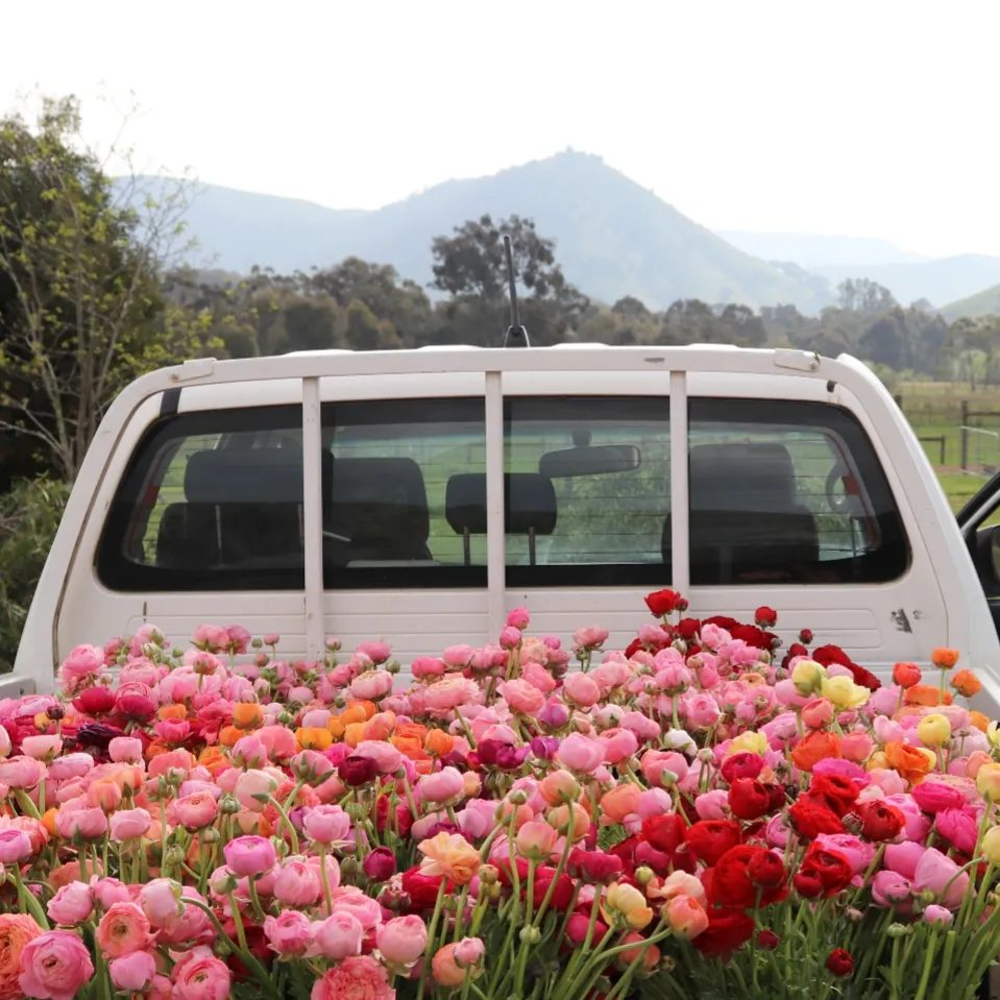
Cut Ranunculus Flowers Before They've Unfurled
Ranunculus have an impressive vase life, often lasting longer than 12 days if you want to use them in a flower arrangement. For the longest vase life, cut the flowers when they're soft and vibrant but have yet to unfurl. If you cannot cut them before they unfurl, they will likely last about a week in a vase. Be careful when transporting them, as their petals are fragile once opened.
Ranunculus Are Toxic to Pets and Humans
All ranunculus species are lethal to both animals and people. When buttercup leaves are broken or bruised, they emit a substance called ranunculin, which decomposes into a pungent, poisonous oil known as protoanemonin. The effects of protoanemonin contact are similar to those of dermatitis, including burning, itching, rash, and blisters.
Animals or people who chew the leaves may get facial and lip sores. The poisonous oil is a significant irritant to the eyes. If you consume any buttercups, you risk experiencing a variety of unpleasant symptoms, such as nausea, vomiting, diarrhea, disorientation, and even paralysis.
Just be aware and keep them away from your children and pets, but having ranunculus around is an irrevocable must. Try adding a few colors whether you want them in your garden or in a floral arrangement, but colors like orange, yellow, pink, and white make an exquisite combo.

